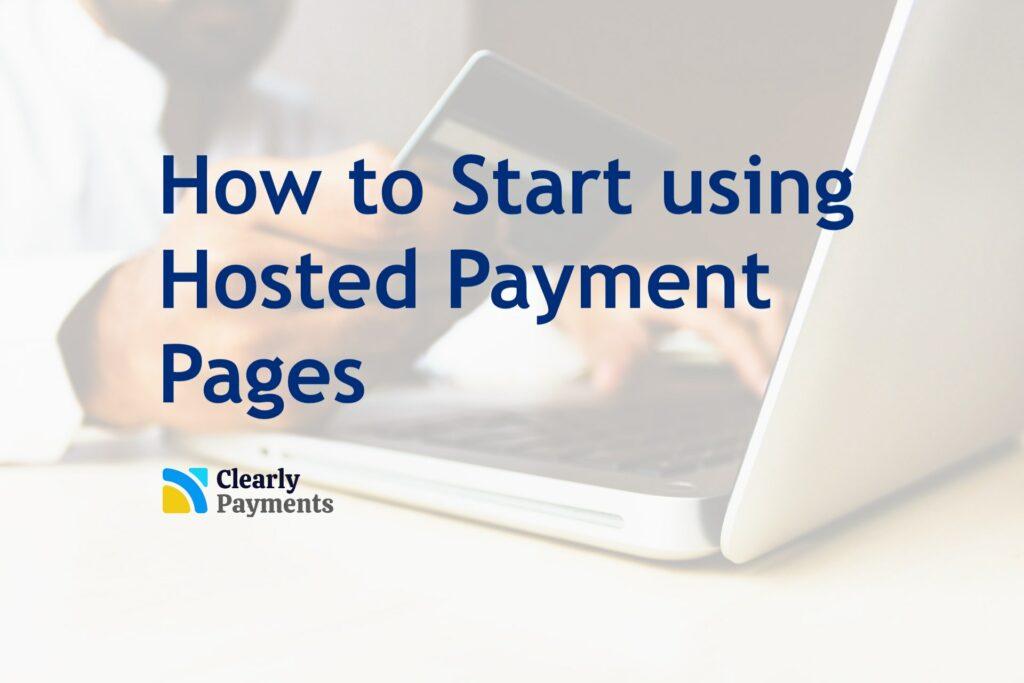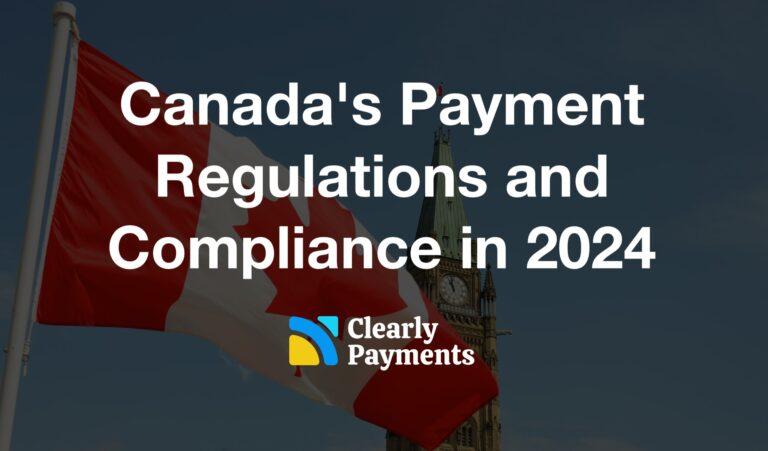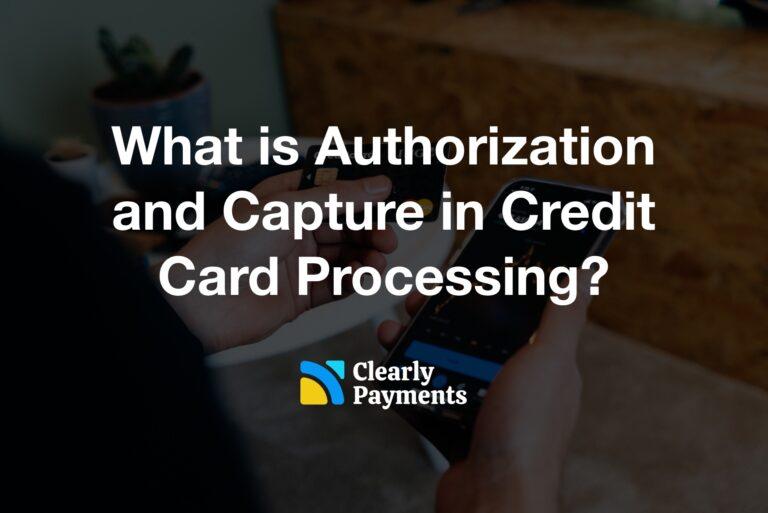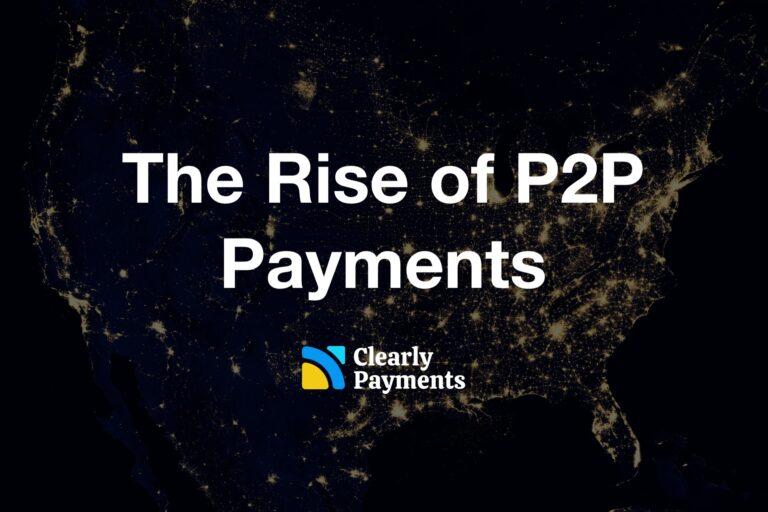The number of merchants using hosted payment pages is difficult to estimate accurately, as there are many different payment processors and gateways that offer this service, and not all of them publicly disclose their customer base. However, it is safe to say that a significant portion of online merchants use hosted payment pages as part of their payment processing strategy.
What are hosted payment pages?
A hosted payment page is a payment processing page that is hosted by a third-party provider, such as a payment gateway or payment processor, rather than being hosted on the merchant’s website. This page typically displays the necessary payment fields, such as cardholder name, card number, expiration date, and CVV, and allows customers to enter their payment information and complete the transaction.
A hosted payment page can be customized to match the branding and look and feel of the merchant’s website, but the payment processing and security are handled by the third-party provider. This approach can offer several benefits, including improved security, reduced PCI compliance requirements, and simplified payment processing.
By using a hosted payment page, merchants can offload the responsibility of managing payment processing and security to a third-party provider, which can help to reduce their risk and liability. Additionally, because the payment processing is handled offsite, the merchant does not need to store sensitive payment information, which can help to reduce PCI compliance requirements.
Benefits of using hosted payment pages
There are several benefits of using a hosted payment page for online payment processing:
Increased Security: A hosted payment page can help to improve security by offloading the responsibility of payment processing and data storage to a trusted third-party provider. This can help to reduce the risk of fraud and data breaches, and provide peace of mind for both merchants and customers.
Reduced PCI Compliance Requirements: Because the payment processing and data storage are handled by the third-party provider, merchants may be able to reduce their PCI compliance requirements. This can help to simplify compliance efforts and reduce the costs associated with maintaining PCI compliance.
Improved User Experience: A well-designed hosted payment page can provide a seamless and user-friendly experience for customers, which can help to improve conversion rates and customer satisfaction.
Customizability: Although the payment processing is handled by a third-party provider, hosted payment pages can often be customized to match the branding and look and feel of the merchant’s website. This can help to provide a consistent and seamless user experience for customers.
Flexibility: Hosted payment pages can support a wide range of payment methods and currencies, which can help to expand the merchant’s customer base and improve their ability to accept payments from customers around the world.
Overall, using a hosted payment page can provide several benefits for merchants, including increased security, reduced compliance requirements, improved user experience, customizability, and flexibility. However, it is important to choose a reputable third-party provider and to ensure that the payment page is properly integrated into the merchant’s website to provide a seamless and consistent user experience for customers.
How to implement a hosted payment page
Implementing a hosted payment page involves working with a payment processor or gateway that offers this service. Here are the general steps involved in implementing a hosted payment page:
Choose a Payment Processor or Gateway: Select a payment processor or gateway that offers a hosted payment page service. Consider factors such as pricing, security, customer support, and integration capabilities.
Integrate the Hosted Payment Page: Integrate the hosted payment page into your website or application. This may involve adding a button or link that redirects customers to the payment page, or embedding the payment page directly into your website using an iFrame or similar method.
Customize the Payment Page: Customize the payment page to match the branding and look and feel of your website or application. This may include adding your logo, changing the color scheme, and adding custom fields or messages.
Configure Payment Settings: Configure the payment settings for the hosted payment page, such as the accepted payment methods, currencies, and pricing.
Test and Optimize: Test the hosted payment page to ensure that it is working properly and providing a seamless experience for customers. Continuously monitor and optimize the payment page to improve efficiency, reduce friction, and increase conversion rates.
Provide Support: Provide customer support to help customers navigate the payment process and troubleshoot any issues that arise. This can include online resources, such as FAQs and chatbots, as well as live support through phone or chat.
Overall, implementing a hosted payment page involves working closely with a payment processor or gateway to customize and integrate the payment page into your website or application. By following best practices and continuously monitoring and optimizing the payment page, merchants can provide a seamless and secure payment experience for their customers.




